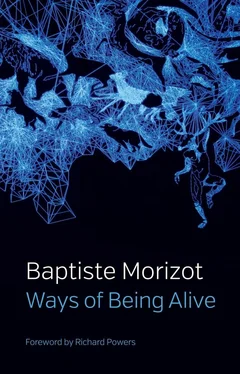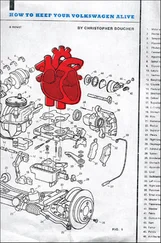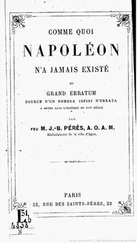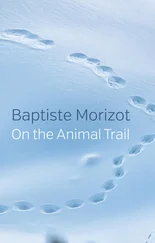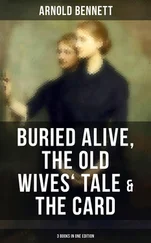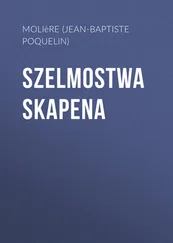Swallows, for example, must feed throughout their flight; they have an expert grasp of the climates and the times of day when swarms of insects will cross their path, so they can feed on the wing, without changing course, without stopping, without slowing down.
Suddenly, the noise of an engine distracts our attention. Below, on the road, a single file of vintage cars is climbing up the pass. It’s one of those meetings for car collectors who come out on Sundays to show off their pimped up old jalopies on the mountain roads. They stop at the pass. They get out of their cars for a minute or two to take some acrobatic selfies, trying to cram bonnet, smile and landscape into their screen. They’re endearing, and happy to be here. And then they leave. My companion, standing next to me, comes up with an image that paralyses us in the terrible wind: ‘They didn’t notice’, she says. ‘They didn’t notice that they were standing in the middle of something like the liveliest, most cosmopolitan, most colourful port in the Mediterranean, where countless peoples are bound for Africa’. 1Peoples battling against the elements, weaving in and out of the streams of energy, exulting in the sunlight, coasting along on the force of the wind.
And indeed, we humans are social primates obsessed with our fellows (something we’re very good at), so all that those vintage-car enthusiasts saw was a desolate pass, an empty setting, a silent landscape, a bit of wallpaper for their computer screens. But I feel no recrimination towards them as I realize this. They’re neither better nor worse than ourselves. How many times have we seen nothing of the lively interweavings happening in a certain place? Probably every day. It’s our cultural heritage, our socialization that has made us this way; there are causes behind it. But that’s no reason not to fight against it. I do not reproach this blindness, but I feel a certain sadness over it, its extent and its innocent violence. It’s a major challenge for us as a society to learn again how to see the world as populated by entities that are far more marvellous than car collections and museum galleries. And to recognize that they require a transformation in our ways of living and cohabiting.
From this experience, we can draw an idea. The ecological crisis we are going through is indeed a crisis for human societies: it endangers future generations, the very bases of our subsistence, and the quality of our existence in polluted environments. It’s also a crisis for living beings, in the form of the sixth extinction of species, the destruction of wildlife, and the weakening of ecological dynamics as well as of the evolutionary potential of the biosphere, due to climate change. But it is also a crisis for something else, more discreet, and perhaps more fundamental. This blind spot – for such is my hypothesis – is that the current ecological crisis, more than a crisis in human societies on the one hand , or in living beings on the other , is a crisis in our relations with living beings.
First and foremost, it’s a spectacular crisis in our productive relations with living environments, visible in the extractivist and financialized frenzy of the dominant political economy. But it’s also a crisis in our collective and existential relations, in our connections and affiliations with living beings, forcing on us the question of their importance , the way they are of our world, or outside of our perceptual, affective, and political world.
This crisis is difficult to name and understand. However, each of us has a precise sense of what underlies it: we must alter our relationships with living beings.
The contemporary enthusiasm aroused by political experiments with new ways of inhabiting and entering into relationships with living beings, the rise of alternative forms of collective life, the taste for agroecologies and subversive sciences which re-describe living nature in another way, rich in communications and meanings – these are all indistinct and yet powerful signals of this turning point in the present conjuncture.
One aspect of this crisis is noticed less often, however, due to the discreet and subdued hum of its political dimension, of its possibilities of politicization. This involves thinking of it as a crisis of sensibility.
The crisis in our relationships with living beings is a crisis of sensibility because the relationships we have grown accustomed to maintaining with living beings are relationships with ‘nature’. As the Brazilian anthropologist Eduardo Viveiros de Castro explains, we are the heirs of Western modernity, and so we think that we maintain relationships of a ‘natural’ type with the whole world of non-human living beings, because any other relationship with them is impossible. There are two types of potential relations in the modern cosmos: either natural, or socio-political, and the socio-political relations are reserved exclusively for humans. Consequently, this implies that we consider living beings primarily as a backdrop, as a reserve of resources available for production, as a place of healing, or as a prop for emotional and symbolic projection. To be merely a backdrop and a prop for projection is to have lost one’s own ontological consistency. Something loses its ontological consistency when we lose the faculty of paying attention to it as a full being, as something which counts in collective life. When the living world falls outside the field of collective and political attention, outside the field of what is deemed important, then a crisis of sensibility is triggered.
By ‘crisis of sensibility’ I mean an impoverishment of what we can feel, perceive, and understand of living beings, and the relations we can weave with them – a reduction in the range of affects, percepts, concepts and practices connecting us to them. We have a multitude of words, types of relationships and types of affects to describe relationships between humans, between collectives and between institutions, with technical objects or with works of art, but far fewer words for our relations to living beings. This impoverishment of the scope of our sensibility towards living beings, of the forms of attention and of the qualities of openness towards them, is both an effect and one of the causes of the ecological crisis we face.
A first symptom of this crisis of sensibility, perhaps the most spectacular, is expressed in the notion of the ‘extinction of the experience of nature’ 2proposed by the writer and lepidopterist Robert Pyle: the disappearance of the daily relationships we can experience with living beings. One recent study shows that a North American child aged between four and ten years old is able to recognize and distinguish more than a thousand brand logos at a glance, but cannot identify the leaves of ten plants from his or her region. 3The ability to distinguish between the different forms and styles of existence of other living beings is overwhelmingly being redirected towards manufactured products, and this problem is compounded by a very low sensitivity to the beings that inhabit the Earth with us. To react to the extinction of experience, to the crisis of sensibility, is to enrich the range of what we can feel and understand of the multiplicity of living beings, and the relations we can weave with them.
There is a discreet but deep connection between the enormous contemporary disappearance of field birds, documented by scientific studies, and the ability of a human ear to make sense of urban bird song. When a Koyukon Native American hears the cry of a crow in Alaska, the sound works its way into him and, through the cluster of memories, simultaneously brings back to his mind the identity of the bird, the myths that tell of its customs, the common filiations between bird and human and their immemorial alliances in mythical time. 4There are crows everywhere in our cities, their calls reach our ears every day, and yet we hear nothing, because they have been turned into beasts in our imaginations: into ‘nature’. There is something sad about the fact that the ten different bird songs that we hear every day do not reach our brains other than as white noise , or at best evoke a bird’s name, empty of meaning – it’s like those ancient languages that no one speaks any more, and whose treasures are invisible.
Читать дальше
